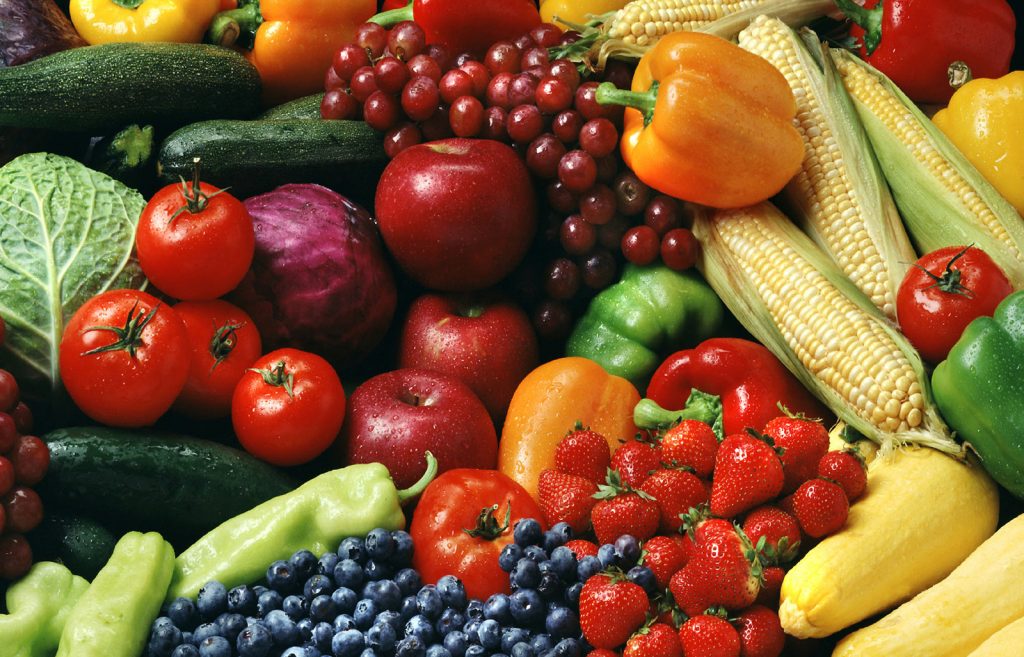
The annual report that ranks fruits and vegetables according to how much pesticide residue they contain has been released, and the news isn’t good. Nearly 50 of the most common produce items that Americans consume have been tested on a large scale, and all of them contained at least some pesticide. This is to be expected from non-organic growers as pesticide use continues to increase unabated. However, what has surprised researchers is that organic produce is also testing positive for pesticide residue as well.
Consequently, there is a debate raging between those who promote organic produce as a healthier alternative and commercial growers who maintain their products are just as safe for human consumption. As each camp digs in their heels and tries to placate a nervous public in an attempt to prevent people from avoiding fruits and vegetables, little is being done to solve the problem. In fact, both sides aren’t disagreeing that pesticides remain in foods even after they’ve been washed, rather that what remains is considered to be safe for humans.
Keep in mind that nearly all pesticides are harmful to humans, no matter if their active ingredients are synthetic or natural. Compounds that kill insects and rodents also attack similar systems in our bodies, even if concentrations are low enough to be considered safe. Consequently, pesticides are harmful no matter how growers, producers and marketers try to justify their use.
Common Produce
Strawberries, apples, grapes, nectarines, cherries, pears, peaches and tomatoes round off the list of the most-tainted fruits. Celery, potatoes and bell peppers rank highest among veggies that contain pesticide residues once they reach our kitchens. Keep in mind that almost any produce that you enjoy eating and have access to is probably contaminated to one degree or another as well.
What We Can Do
Rinsing works to a certain degree, and experts suggest that we should rinse produce for at least a minute or two under cool, running water for at least a minute. However, tests reveal that this method will only remove about two-thirds of the residue. Another common and time-tested solution is to combine vinegar with water and let produce soak for about 30 minutes or so before rinsing. This works much better than rinsing alone, but traces of residue can still remain as well. A newer, and more-promising technique, is to soak produce in water that contains baking soda. The baking soda is thought to help lift chemicals from the surface of produce, and it’s also thought to be able to penetrate into the fibers and help to remove trace amounts that have been absorbed while growing.
Aside from these techniques, we can also cook produce before draining the water, rinsing and serving. While cooking will kill off some nutrients, heat is one of the best ways to deactivate harmful chemicals found in many pesticides. This is good news for those who can produce for long-term storage, but bad news for those who like to eat their fruits and veggies in their natural state.
At the end of the day, no matter what method you use, it will be difficult to determine whether you’ve removed any residue, and this is something that we should all take to heart. While the government deems all produce safe as long as residues fall below a certain level, it’s anyone’s guess as to whether officials can be trusted, or if this is just a way to placate nervous consumers.
Make sure that you’re sourcing your produce from growers who are known to avoid using harmful pesticides. While this may involve some diligence on our part, this is the best way to ensure that what we’re putting into our bodies is safe. We can also grow our own, and this is probably the best option in the big scheme of things. For starters, we can develop skills that can pay big dividends in a long-term survival situation, but doing so also gives us better control over the quality of specific crops that we enjoy eating.